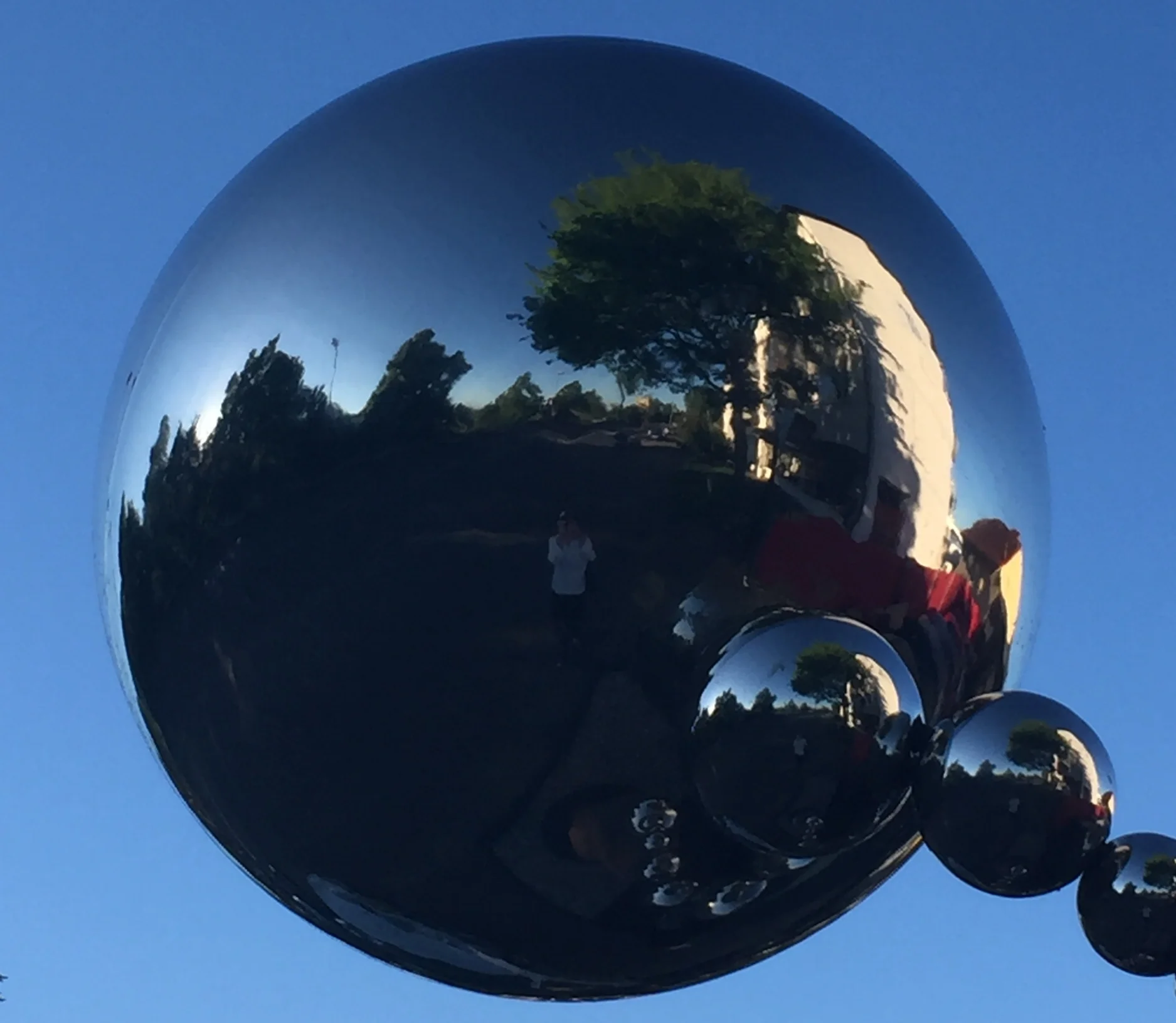The New Year chases 2017 into the history books. What has happened will remain frozen on the written pages, on social media sites and will be “still alive” in numerous videos and pictures. All these pieces of information, all the stories will gain the label “The past”. The future, or better say the futures, are going to be built on the fundament of this past and many more past events. We have got the choice how we wish to shape our futures and depending on this choice we can focus either on past negative or past positive and involve either present hedonist or present fatalist perspectives. Philip Zimbardo and John Boyd, who wrote a book “Time Paradox”, designed all these time categories and highlighted that all of us focus to a higher or lower extent on all of them. The mixture of time perspectives is characteristic for each of us and accordingly, to the authors there is one optimal mingling option the enables us functioning in the current (Western) reality in the best possible way. The mixture of perspectives is as follows:
· High past positive perspective focusing on positive memories and values
· Average high future perspective (focused on resisting temptations and following goals accomplishment)
· Average high present hedonist perspective focused on life for pleasure and following Carpe Diem
· Low past negative perspective, focused on failures and regrets
· Low present fatalist perspective focused on fate
Such mixture has got three positive aspects. The past positive time perspective gives us the roots and enables us to feel connected with tradition, cultural heritage and our own families.
The future perspective gives us the wings and the ability to soar towards the development of strategies on how to cope with unpredicted obstacles and challenges. The present hedonist time perspective gives us the energy and joy of living here and now and guides us towards a discovery of new people, new places and new facets of ourselves.
2017 was a turbulent year, awaking many fears and tears of helplessness. In order to design better futures, than those rooted in the negative past and fatalist present perspectives, we need alternative stories that can reduce the influence of problems and create new possibilities for living.
We definitely can re-narrate our past and our present perspective as our lives are multistoried, which means that we live many stories at once and various stories can be told about the same events. The process of re-authoring gives us back the ownership of these stories. But how can we re-author the futures?
This time of the year is known for making resolutions. We tend to be future-oriented and we not only plan but also focus on improvement. Some of the new year resolutions make us laugh after the first two weeks of January. Why? Because, all in all, even when we focus on the positive aspects and positive thoughts, we abandon our resolutions after a while.
As Gabriele Oettingen, a prof. of psychology at the New York University and author of “Rethinking Positive Thinking: Inside the New Science of Motivation” says, positive thinking may be holding us back from achieving our goals. Accordingly to her it is important to be positive but realistic, to focus on positive fantasies but to foresee obstacles and think how to overcome them. She calls this technique W.O.O.P. :
Wish: What do you wish?
Outcome: What would the ideal outcome look like?
Obstacle: What will try to stop you?
Plan: How will you overcome these obstacles?
Whatever you plan, involve all the four questions.
You can start re-authoring 2018 now and start with looking at rich descriptions of events and join us in Hamburg to co-design the alternative futures together. See you in half a year in the harbor city.
Hamburg, June 8th and 9th 2018






